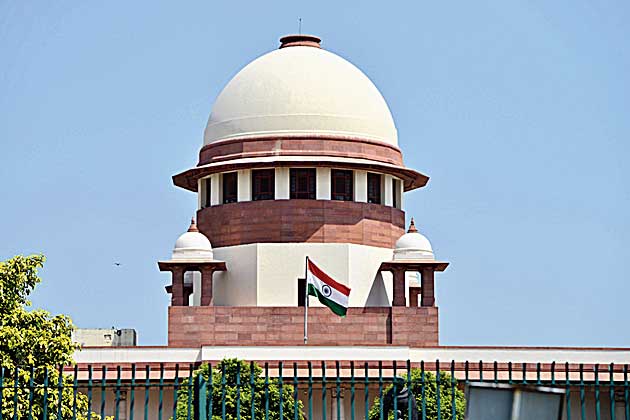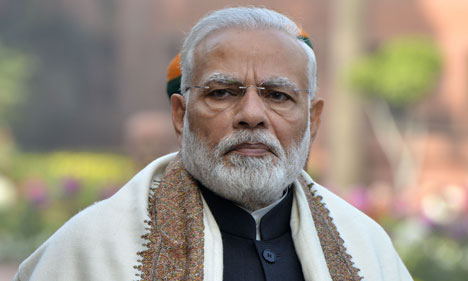Some within the judiciary are concerned that at least nine high courts are un-represented in the Supreme Court while Delhi High Court accounts for six of the top court’s 28 sitting judges and some others for two or three.
The latest additions reflected the trend, with Justice Sanjiv Khanna bolstering Delhi’s representation to six and Justice Dinesh Maheshwari taking Rajasthan’s to two. (Justice Maheshwari was Karnataka chief justice but it’s a judge’s parent high court that is taken into account.)
Even the two judges said to have been discussed but later dropped controversially, Justices Rajendra Menon (Madhya Pradesh) and Pradeep Nandarajog (Delhi), were from high courts that have adequate presence in the top court.
Sources said the high courts of Jammu and Kashmir, Uttarakhand, Tripura, Chhattisgarh, Jharkhand, Manipur, Meghalaya, Sikkim and Orissa had no judges in the Supreme Court.
Apart from Delhi’s six, Bombay has three while the high courts of Karnataka, Rajasthan, Madhya Pradesh, Andhra Pradesh and Allahabad have two each.
The Supreme Court judges from Delhi High Court are Justices A.K. Sikri, R.F. Nariman, U.U. Lalit (he had briefly practised in Bombay but shifted to Delhi in 1986), Indu Malhotra, Sanjay Kishan Kaul and Khanna.
Bombay High Court’s representatives are Justices S.A. Bobde, A.M. Khanwilkar and D.Y. Chandrachud.
Madhya Pradesh is represented by Justices Arun Mishra and A.M. Sapre; Andhra Pradesh by Justices N.V. Ramana and L. Nageswara Rao; Karnataka by Justices Shantana M. Goudar and Abdul Nazeer; Allahabad by Justices Ashok Bhushan and Vineet Saran; and Rajasthan by Justices Ajay Rastogi and Maheshwari.
Chief Justice of India Ranjan Gogoi, the first Chief Justice from the Northeast, is from Gauhati High Court.
Madras, Patna, Himachal Pradesh, Calcutta, Kerala, Punjab and Haryana, Telangana and Gujarat too have one judge each: Justices R. Banumathi, Navin Sinha, Deepak Gupta, Indira Banerjee, K.M. Joseph, Hemant Gupta, R. Subhash Reddy and M.R. Shah, respectively.
Sources told The Telegraph that some serving and retired judges wanted more Delhi High Court judges promoted to the apex court for their own interests.
“Other high courts too should be represented because the Supreme Court ought to present a pan-India look,” a senior judicial source told this newspaper.
He flagged how the Centre had cleared Justices Khanna and Maheshwari for appointment within a week of the collegium recommending them on January 10.
“Yet the government had sat for more than eight months last year on the file relating to Justice K.M. Joseph, raising various objections such as the under-representation of several high courts. This time they had no such objections. Can they explain why?” he said.
In 2017, too, the Centre had cleared Justices Nazeer and Shantanagoudar of Karnataka at one go despite there being no precedent of two judges from the same high court being elevated together.
Neither judge had ever been a chief justice of a high court but both were promoted to the top court over the claims of several chief justices.
While Justice Nazeer’s elevation was seen as a nod to a multi-religious look (he is the lone Muslim judge in the Supreme Court), some highlighted that Jammu and Kashmir Chief Justice Badar Durez Ahmed was senior to him.
Justice Ahmed, grandson of late President Fakhruddin Ali Ahmed, was considered one of the finest judges in the country. He retired last year.











